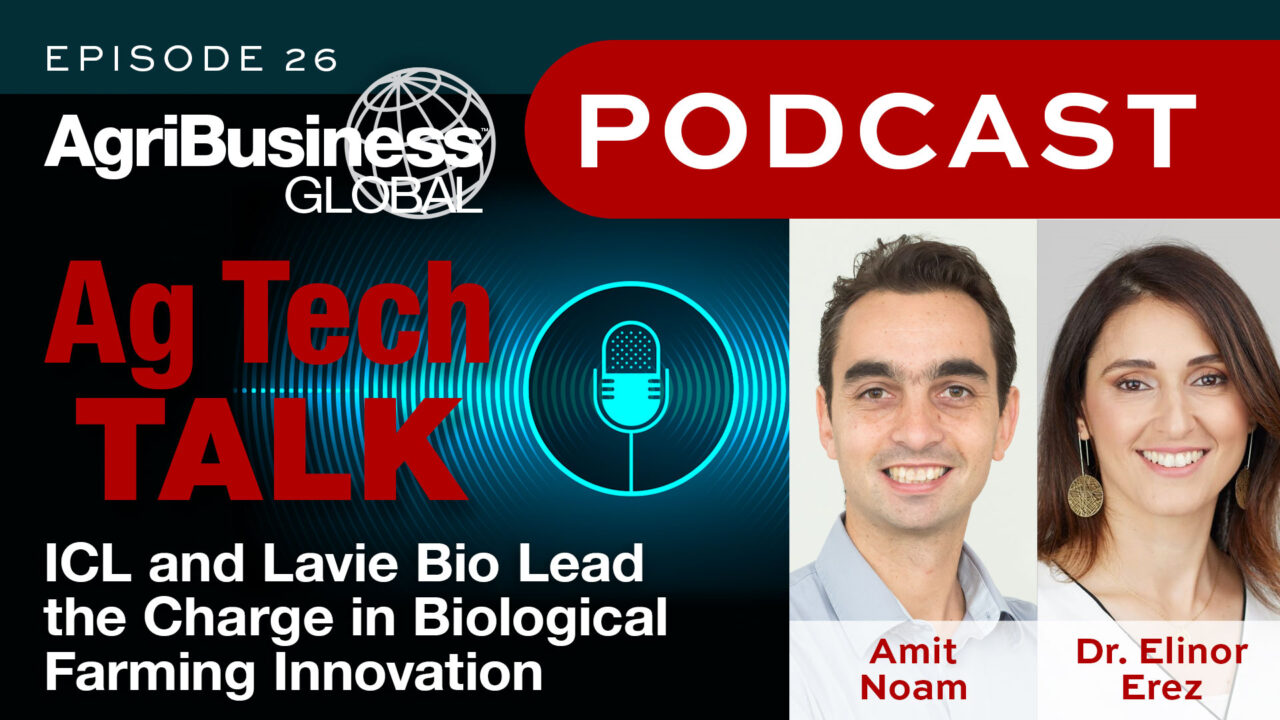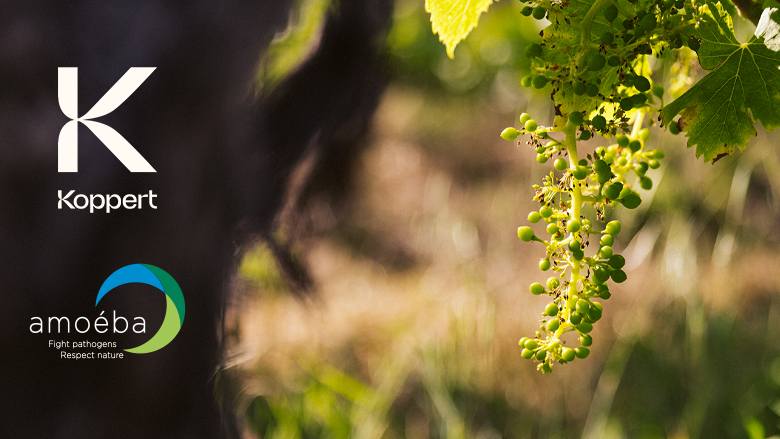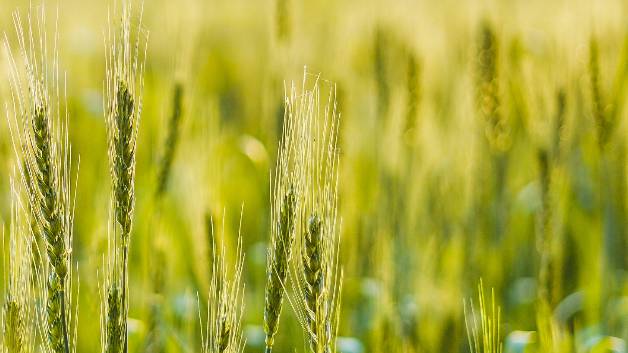Fungicide Spurs BASF Pipeline
Germany’s BASF on Monday said the value of its crop protection pipeline climbed more than 16% to $3.68 billion, as it sees stronger demand for its F500 fungicide.
BASF said F500 will “exceed peak sales” of $1.31 billion, leading it to raise the value of its pipeline by $525 million.
Xemium, the new carboxamide fungicide that posted its first sales at the end of 2011, is on track to reach sales of more than $262.5 million.
The Big 6 crop protection company also advanced several projects from early research to development status, including first solutions from its newly established unit for crop resource and stress management, Functional Crop Care. These products are scheduled for launch by 2020.
“BASF has continuously delivered a strong pipeline of innovation. In four years, we have grown its value from €1.8 billion [$2.36 billion] to €2.8 billion [$3.68 billion,]” Markus Heldt, President of BASF’s Crop Protection division, said in a statement.
The company last year “realized a major part” of its $2.1 billion peak sales potential from active ingredients launched since 2002, Heldt said. “This shows our strong ability to successfully commercialize our products.”
In 2011, BASF invested between 9% and 10% of its crop protection sales in R&D. Total peak sales potential for innovations launched within the current decade account for about $1.58 billion.
Xemium was cleared for use in European cereal markets last fall, including France, Germany and the United Kingdom, and will soon be available in other markets in Americas and Asia, BASF said. It was developed for field and specialty crops such as soybeans, corn and fruits and vegetables, and will also be used as a seed treatment.
Its blockbuster herbicide, Kixor, will debut in the Brazilian market “in the near future.” Already on the market in North American and many markets in Latin America, BASF cites its “outstanding performance in combating glyphosate, ALS and triazine-resistant weeds,” and pegs its global peak sales potential at about $262.6 million.
BASF’s Cultivance soybeans (jointly developed with Embrapa) are on track for a 2013 launch in Brazil – it is the first genetically modified crop developed in the South American nation to reach commercialization stage. The system combines herbicide-tolerant soybean varieties with BASF’s broad spectrum imidazolinone class of herbicides.
BASF and Monsanto’s dicamba-tolerant cropping system is expected to be introduced in soybeans in the US and Canada in the middle of the decade, pending regulatory approvals, BASF said.
(Source: BASF; Edited by Managing Editor Jaclyn Sindrich)





